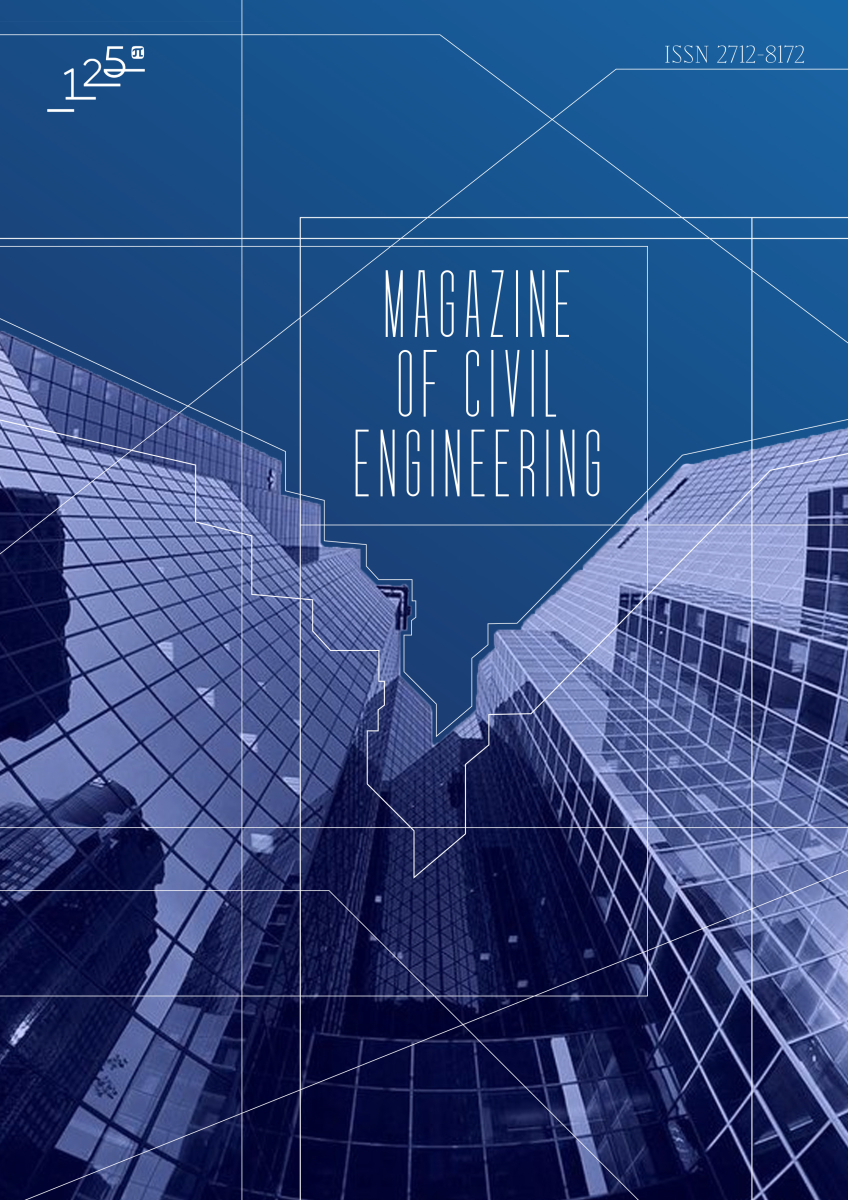Performance of aluminium shaving waste and silica fume blended mortar
This study investigates the impact of aluminium shaving waste (ASW or Ax: 0.0, 1.0, 1.5, 2 wt%) on the silica fume (SF or Sy: 0-10 %) blended ordinary Portland cement (OPC or C88-100%) mortar. The sample was designated as C100-x-ySyAx and the evaluations were done through their performances in terms of workability, compressive strength, thermal residual strength and microstructural characteristics in comparison with the OPC only mortar (C100S0A0). The increase in ASW/SF ratio enhanced the workability of SF blended (C90-xS10Ax). The unit weight of mortar reduced with increase in ASW/SF ratio so that 19.7 % was lost with the incorporation of 2 % of ASW. ASW induced effervescence of hydrogen gas in the fresh sample thereby leading to unit-weight reduction. The inclusion of 1 % ASW in ternary blending gave the optimum performances of 28-day strength (53.8 MPa) and residual thermal (300 °C, 1 h) strength of 56 MPa that had a comparable value to OPC mortar (55 MPa) unexposed to the thermal treatment. ASW also caused thermal stability in SF-ASW blended mortar as addition of 0.5, 1.5 and 2 % ASW caused 33.8, 15.6 and 33.4 % loss in 28-day strengths, respectively, while the least was observed in 1 % ASW sample with the loss of 8.8 %. Finally, ASW enhanced weight reduction (at 300 °C for 1 h) as the unit weight reduced by 1.75, 4.89, 3.30 and 1.86 % in C89.5S10A0.5, C89S10A1, C88.5S10A1.5 and C88S10A2, respectively, in comparison with C100S0A0. Mayenite and muscovite could be formed as products when ASW is used as supplementary materials in silica fume blended mortar production.


